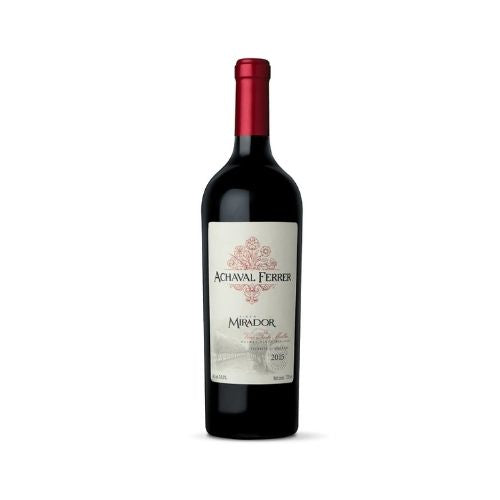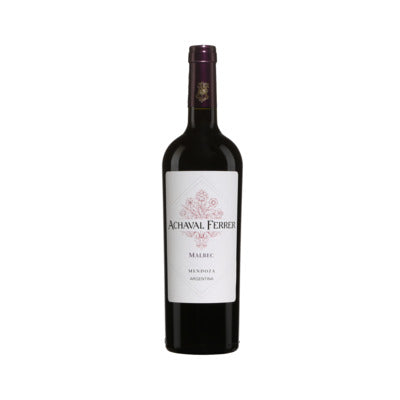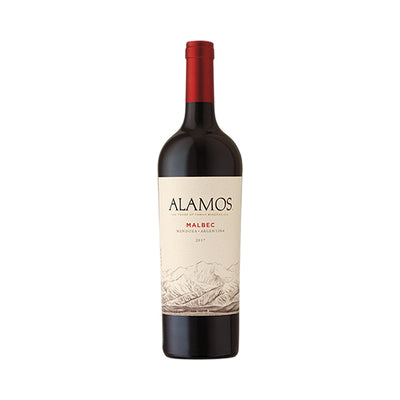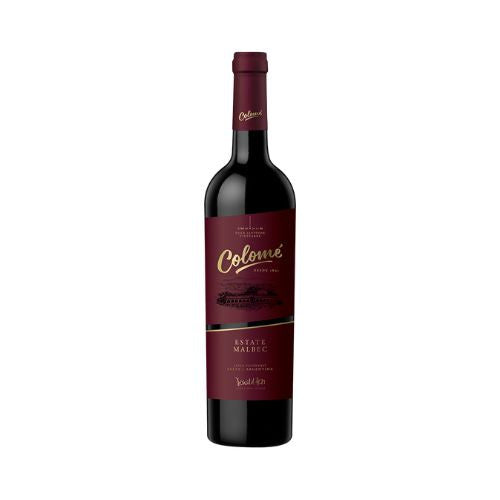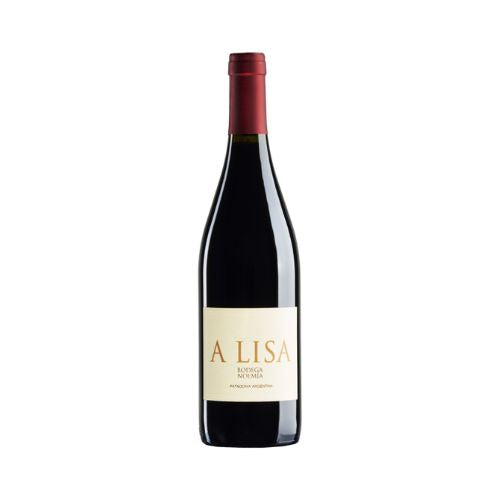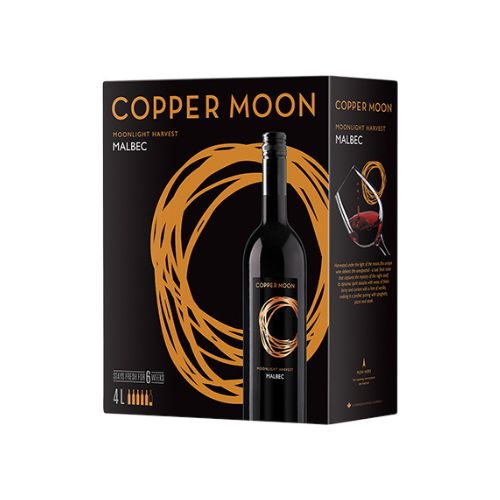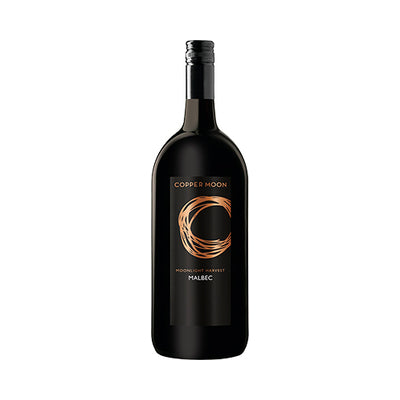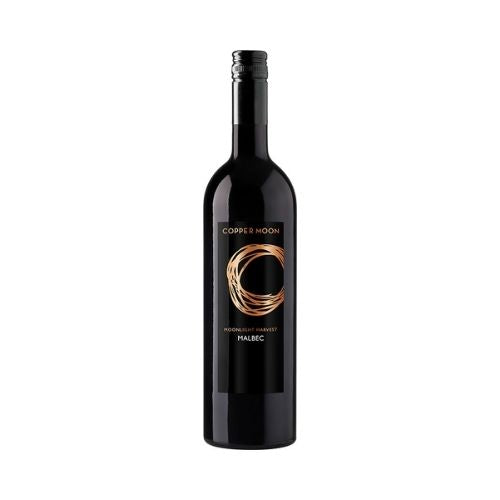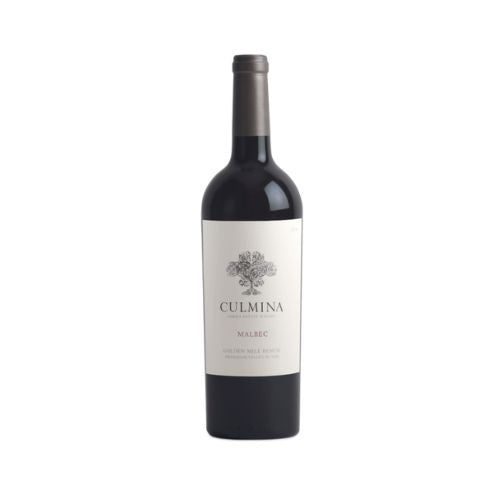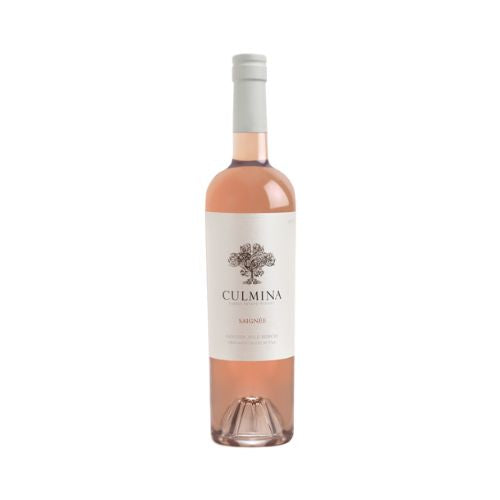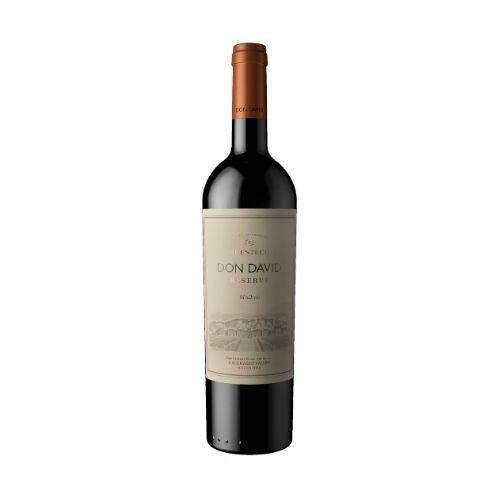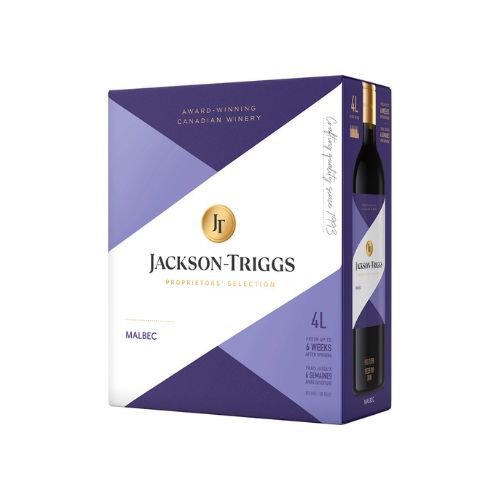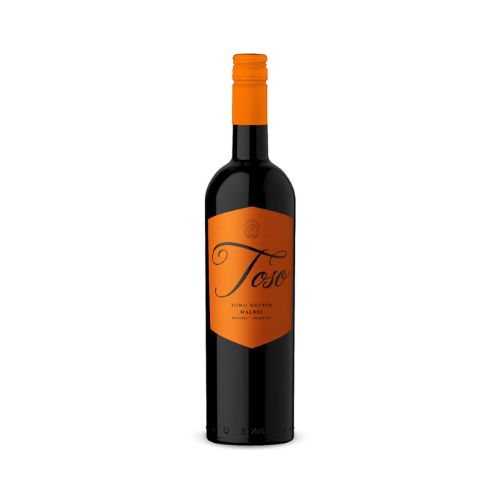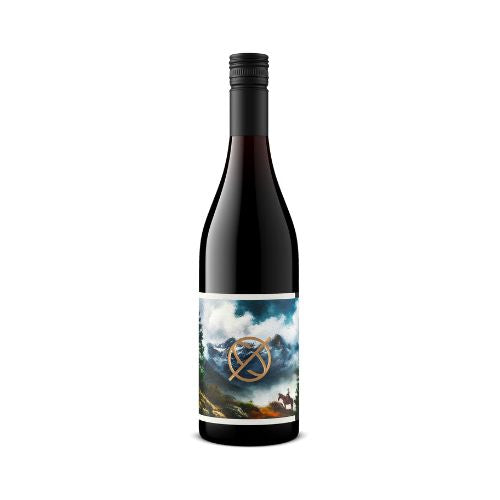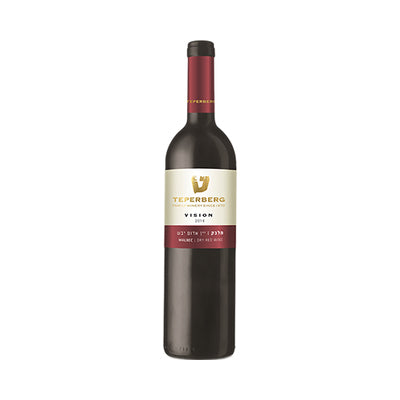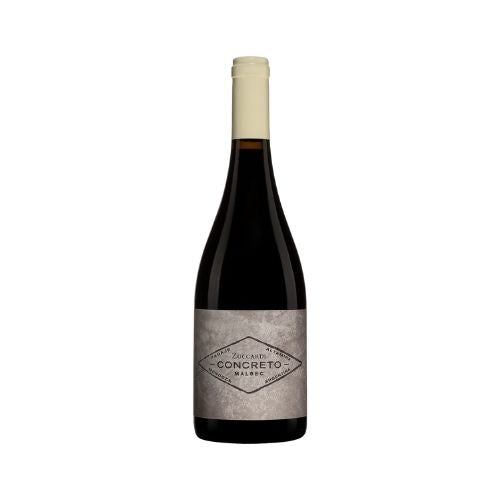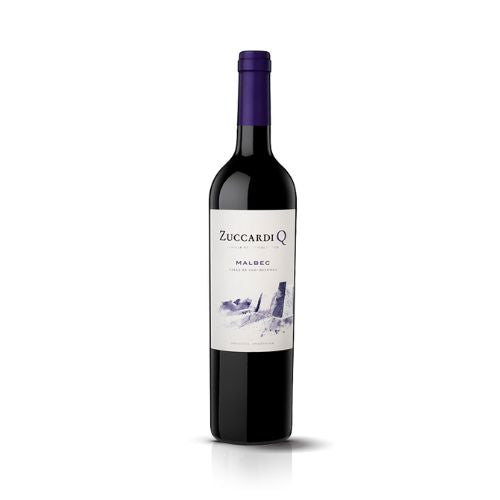Malbec
Filters
22 products
Achaval Ferrer - Finca Mirador Maipú Malbec 2014
Sale price$149.99
Achaval Ferrer - Mendoza Malbec 2022
Sale price$36.99
Alamos - Mendoza Malbec
Sale price$16.99
Regular price$18.99
Bodega Colomé - Estate Salta Malbec 2022
Sale price$44.99
Bodega Noemia - A Lisa Patagonia Malbec 2022
Sale price$59.99
Bodega Norton - Barrel Select Mendoza Malbec
Sale price$16.99
Bodega Norton - Privada Family Blend Mendoza Red 2022
Sale price$22.99
Regular price$27.99
Catena - Mendoza Malbec
Sale price$27.99
Copper Moon - Malbec
Sale price$41.99
Regular price$45.99
Copper Moon - Malbec
Sale price$17.49
Regular price$19.99
Copper Moon - Malbec
Sale price$10.99
Regular price$12.99
Culmina Family Estate Winery - Malbec 2021
Sale price$45.99
Culmina Family Estate Winery - Saignée Rosé 2023
Sale price$29.99
Domaine Bousquet - Valle de Uco Malbec
Sale price$17.99
Regular price$19.99
Don David - Reserve Mendoza Malbec
Sale price$16.99
Regular price$19.99
Escorihuela Gascón - 1884 Mendoza Malbec
Sale price$19.99
Jackson Triggs - Malbec
Sale price$41.99
Regular price$45.99
Pasqual Toso - Mendoza Malbec
Sale price$18.99
Søren - Boundary Spring Red 2022
Sale price$34.99
Teperberg - Vision Malbec
Sale price$26.99
Zuccardi - Concreto Paraje Altamira Malbec 2020
Sale price$54.99
Zuccardi - Q Valle de Uco Malbec 2023
Sale price$26.99
Regular price$29.99

